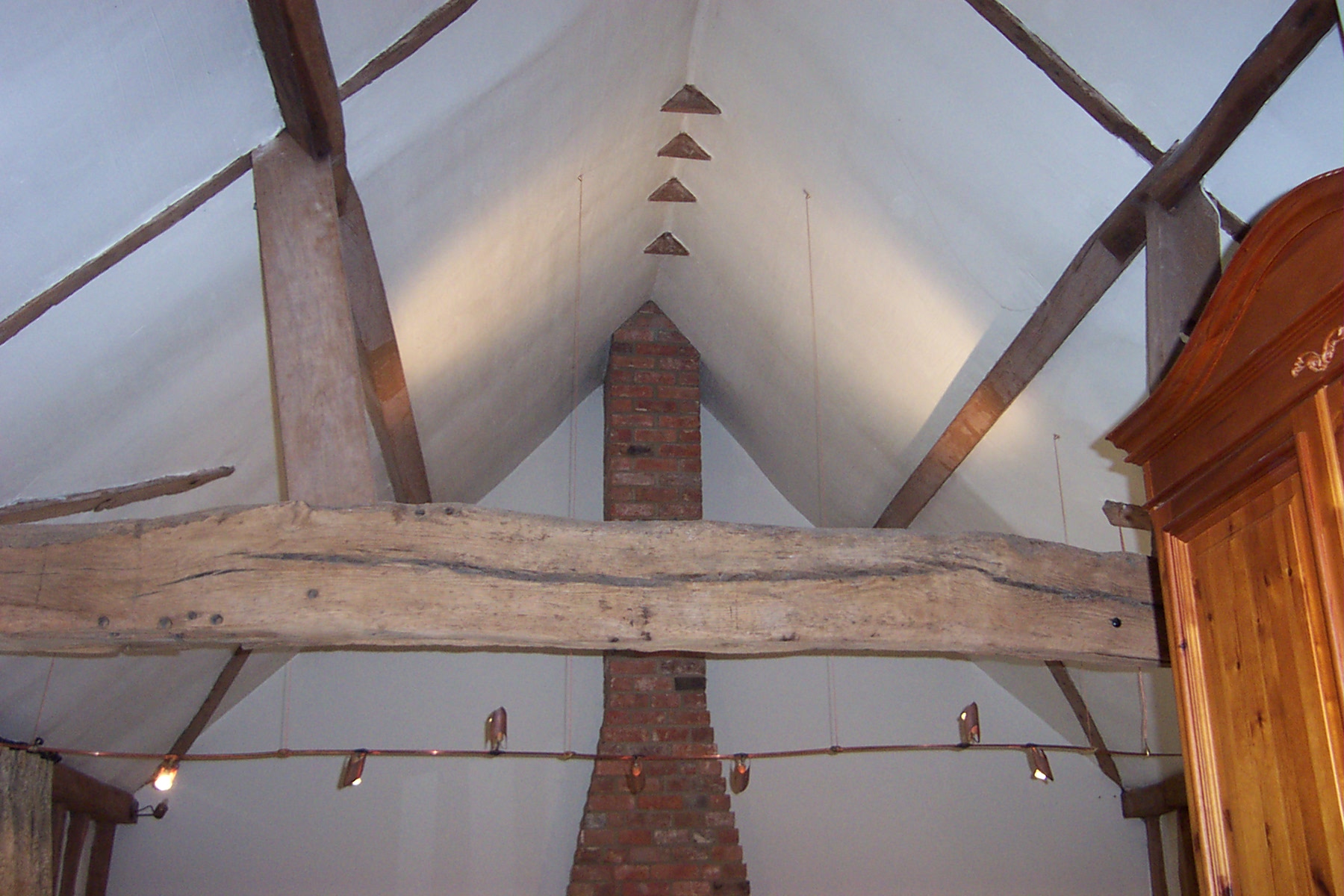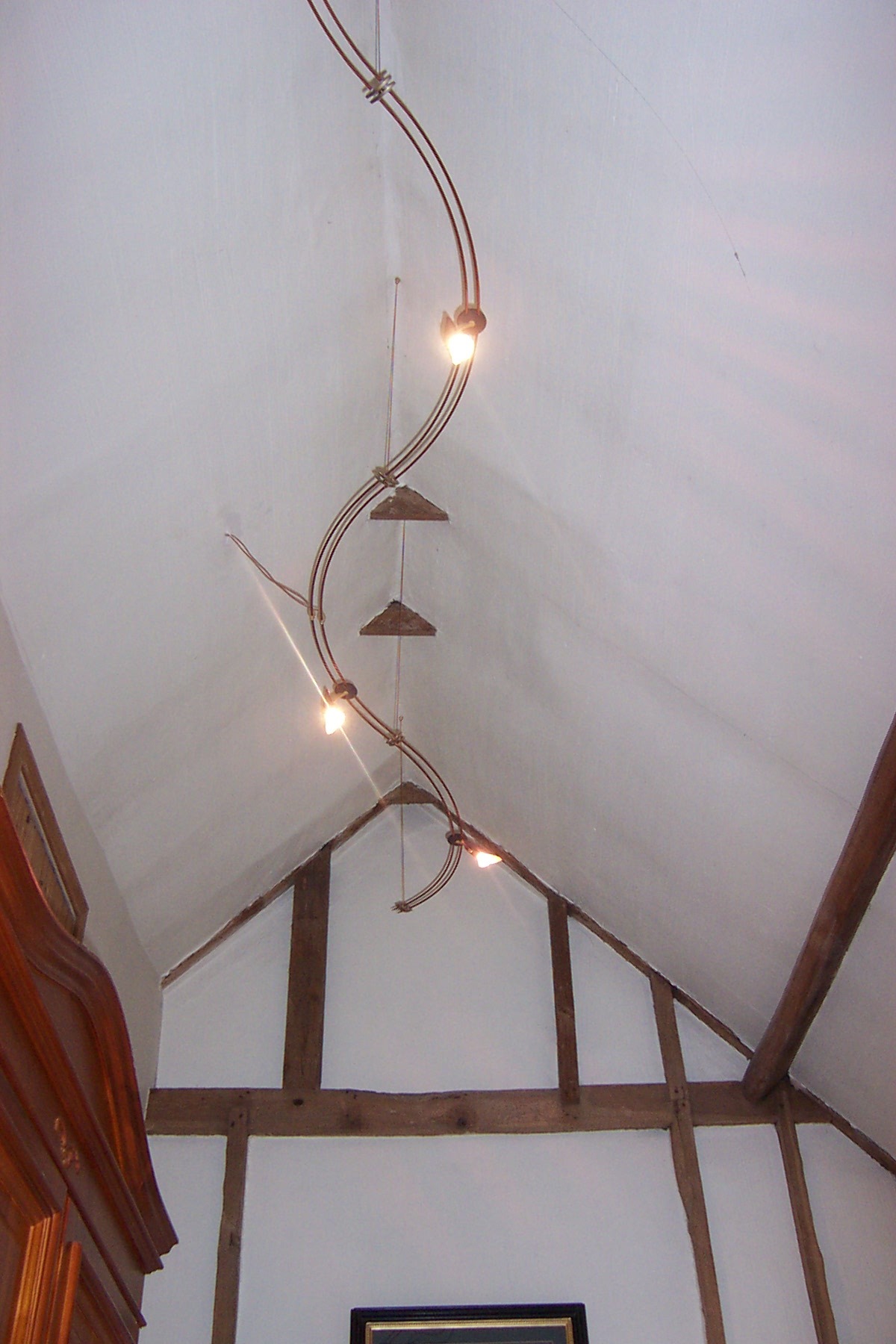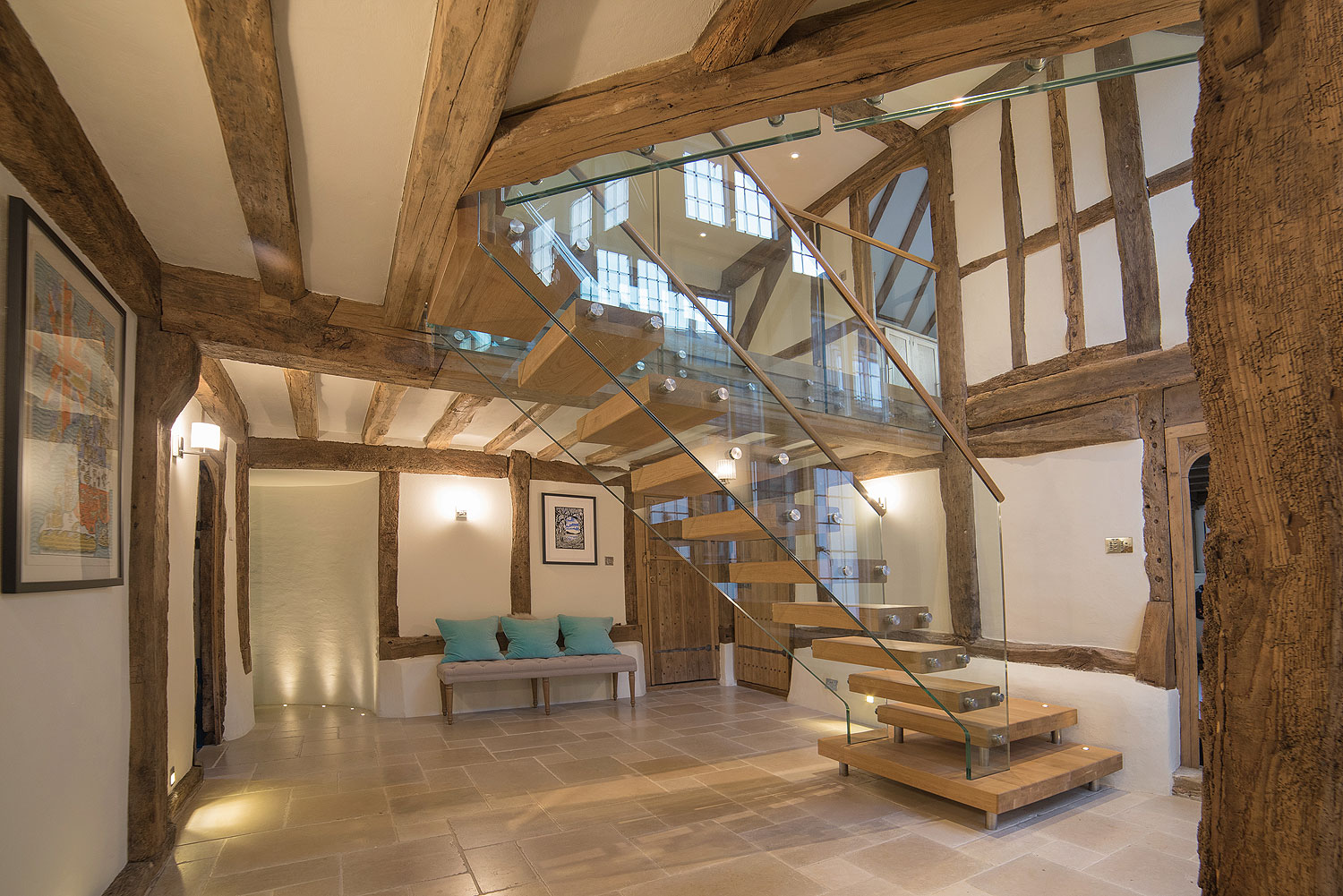Lighting Design in listed buildings
I have a passion for old buildings and I particularly love the challenge of working on listed properties. Any of you who own or have owned one knows that they come with their own particular set of challenges! For those of you reading who are design professionals you may not realise the implications of working on such buildings, so here’s what I do to protect myself, my business and my clients from falling foul of their Building Conservation Officer.
These days if I suspect that a property is going to be listed, I search for it on the List. Would you believe that sometimes people “forget” to mention that their property is listed! However, don’t be fooled into thinking that only old buildings are listed. They just need to be thought to be of architectural interest to be listed so many quite modern ones are on there, e.g. the Crucible Theatre in Sheffield, which opened in 1971.
For any listed properties I require a copy of the Listed Building Consent before starting any work. Many years ago, I had a client who didn’t mention that they hadn’t got consent and I just assumed that they had. They wasted a lot of money when their project got shut down and legal wranglings ensued – they eventually sold the building on without completing the work.
Finally, I put in writing that either I or they need to run my lighting scheme past their Building Conservation Officer for approval. I remember a frantic phone call from a client whose Building Conservation Officer was legendary for objecting to things for a variety of reasons and one of those reasons was if he didn’t like things. I knew that he didn’t like ceiling downlights and they really wanted them as their ceilings are very low. I provided two lighting designs, one with downlights and one without and instructed them to arrange a meeting to go through it with him either themselves or I was happy to do it. I warned them that they were unlikely to get the downlights accepted. The next thing I heard about my schemes was my client’s call telling me that two police officers had turned up on site and shut it down! They had used my downlight scheme without consulting with him. In the end they implemented the alternative scheme, which was approved.
On the up-side, listed buildings mean I often need to get creative to overcome the constraints of what I am and am not allowed to do. In the following photos I was allowed to use one existing cable point on one side of a living room with a double height ceiling and one cable point for the mezzanine bedroom in this open plan listed cottage. When I started, they only had light along one side of the living room and one end of the bedroom, which made both areas very dark. I used suspended tracks to take the light to all areas of the rooms and in an antiqued copper to be sympathetic to the natural wood in the building. Whilst it is a modern look it was approved as it counts as a temporary installation that could be removed on request, that it used the existing cable points and that it made minimal impact on the fabric of the building:


And sometimes, I get the chance to highlight the interesting architectural features in these amazing buildings, which are all part of the charm that attracts their owners to them, like this curved cob wall and the award winning staircase:

Or the interesting, gnarly 15th C posts in this hallway:

If you or anyone you know is struggling with lighting their listed building, because they don’t know what is and what isn’t allowed, or they just want inspiration on how to make it look it’s best and show off the amazing architectural features, please pass this on to them. Call me on 01525 382682 if you’d like to find out more about what I can do for you.
